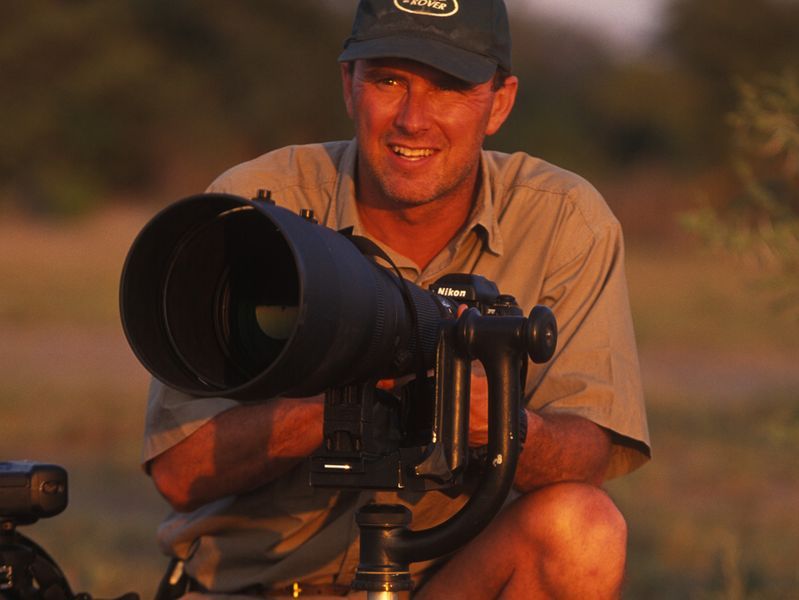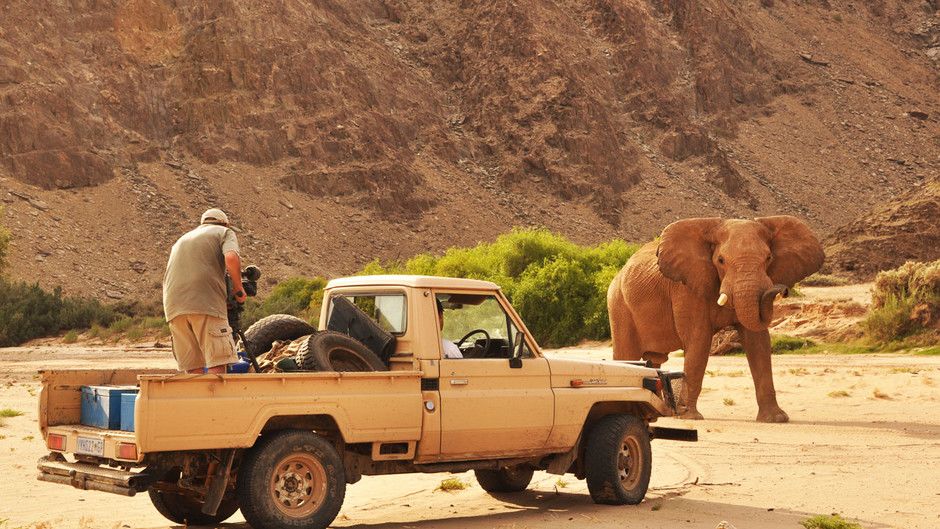


The crab bleeding industry says that bloodletting is not lethal, and that the crabs survive just fine once released, but there’s no doubt that populations are dropping on the Atlantic coast. Nikon Ambassador and National Geographic Magazine photographer, writer and filmmaker Ami Vitale has traveled to more than 100 countries, bearing witness not. When you give blood, you donate about 10 percent of your blood volume, but horseshoe crabs are drained (without the voluntary donation part) of about 30 percent of theirs. The blue blood of horseshoe crabs is used by the biomedical industry to test for toxins in things such as implants, vaccines, and medical implements. Humans aren’t the only species that donate their blood for the greater good. Horseshoe crabs have been saving our species-are we endangering theirs? Harriet Chalmers Adams Lynsey Addario Corey Arnold B Ira Block Xavi Bou Sisse Brimberg C. When the two Cheetah attacked the deer, the deer was with her. Produced and shot by Steve De Neef with the help of Hakai Magazine and the University of New Hampshire. Pages in category National Geographic photographers A. This is a National Geographic Award-winning photo that the cameraman cried while making. HAKAI MAGAZINE: AUDITING THE BLUE BLOOD BANK - HORSE SHOE CRABS This project was made possible with the support of the Conservation Media Group and contributing partners: Nakawe Project, WCS, Vulcan, IFAW and the Pew Charitable Trusts. Update: On August 25th, 2019, Makos were successfully added to Appendix II of CITES! You can help too by adding your name here: With a shark that can be so valuable for tourism wouldn't it make more sense to focus on eco-tourism where possible and give fishermen a chance to earn a more sustainable living by being part of this and help conserve our blue planet for future generations? We will be there to speak for makos and hope they will finally gain more protection globally. In August, 2019 the world will get together at the CITES (Convention on International Trade in Endangered Species) Conference in Geneva, Switzerland. Makos are one of the most common sharks caught on the high seas yet have almost no international protection, if we want to preserve this amazing species then this needs to change now. It’s an honor to have the opportunity to shoot for National Geographic.Top predators like mako sharks play a key role in maintaining a healthy eco-system, unfortunately for makos, which are the fastest sharks in our oceans, they don’t deal well with targeted fisheries as they reproduce slow and mature late. Put in the hard work, the dedication, and the long hours, and you will find success eventually. Its unpredictable, exhilarating, and rewarding. I find that I fail 98% of the time and I am continually picking myself up to get the shot that I had envisioned. The National Geographic Society invests in innovative leaders in science, exploration, education and storytelling to illuminate and protect the wonder of our world.

Being a National Geographic Photographer means dedicating a lot of time and failing constantly, it also requires you to find motivation in failure.

It’s not easy to get to the top, but the journey is the rewarding part anyway. It takes years-and most likely decades-to be called upon by premiere magazines for assignments, or companies for commercial shoots. Photographers with a college degrees in journalism, science, anthropology, sociology, fine arts or a related discipline as well as photography credentials. A career shooting photos for publications like National Geographic doesn’t come easy.
#NATIONAL GEOGRAPHIC CAMERAMAN HOW TO#
Read lots, study the images of photographers you respect, learn how to treat animals and the wilderness with respect, and start shooting. Cave diving expert Shane Moore disappears into the Gateway to Hell. Filmmaker Vicky Stone creeps within feet of Africa’s largest crocodiles during their annual feast. Mike Richards climbs 120 feet into the rainforest canopy to film a bird believed extinct. All you need is a camera and work ethic…and time. Cameraman Kim Wolhuter steps into the heart of a wild hyena clan. It’s important to be professional, patient, and persistent. It can be a difficult and complicated journey to get to where I am.


 0 kommentar(er)
0 kommentar(er)
